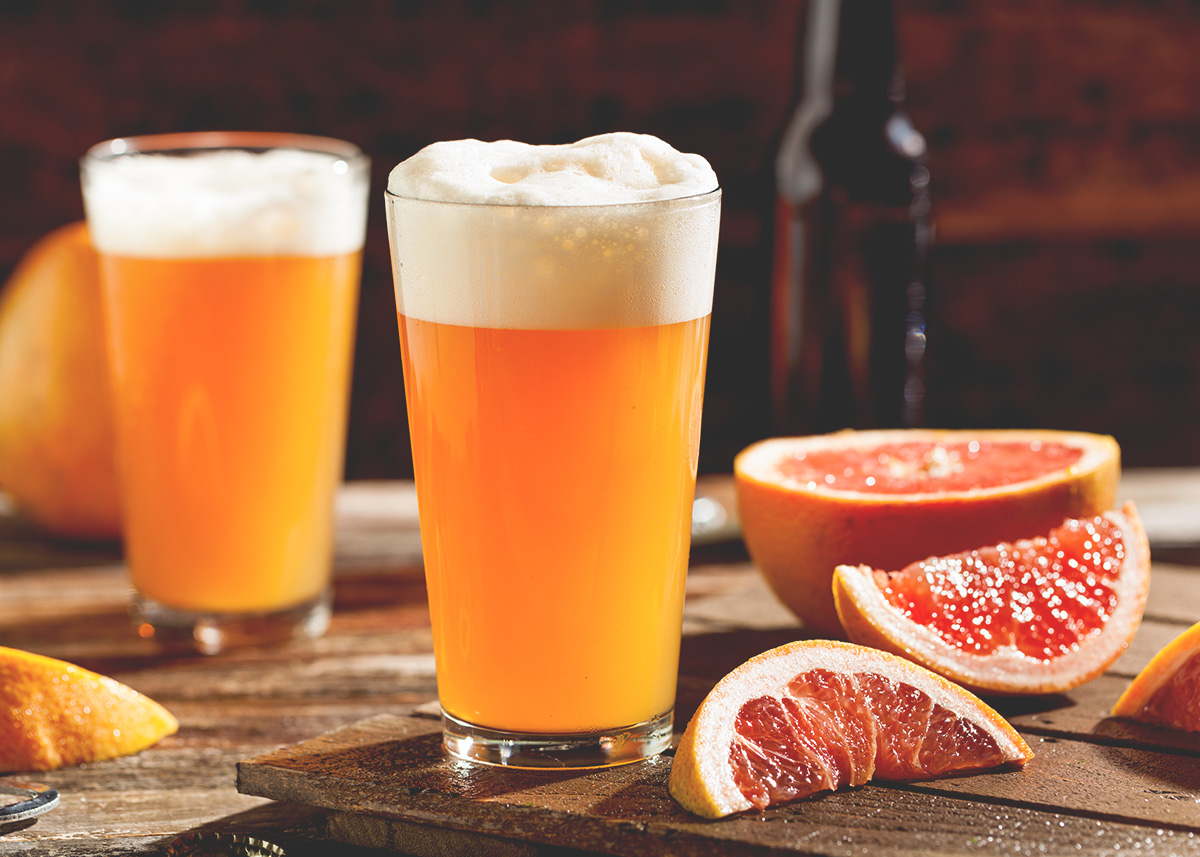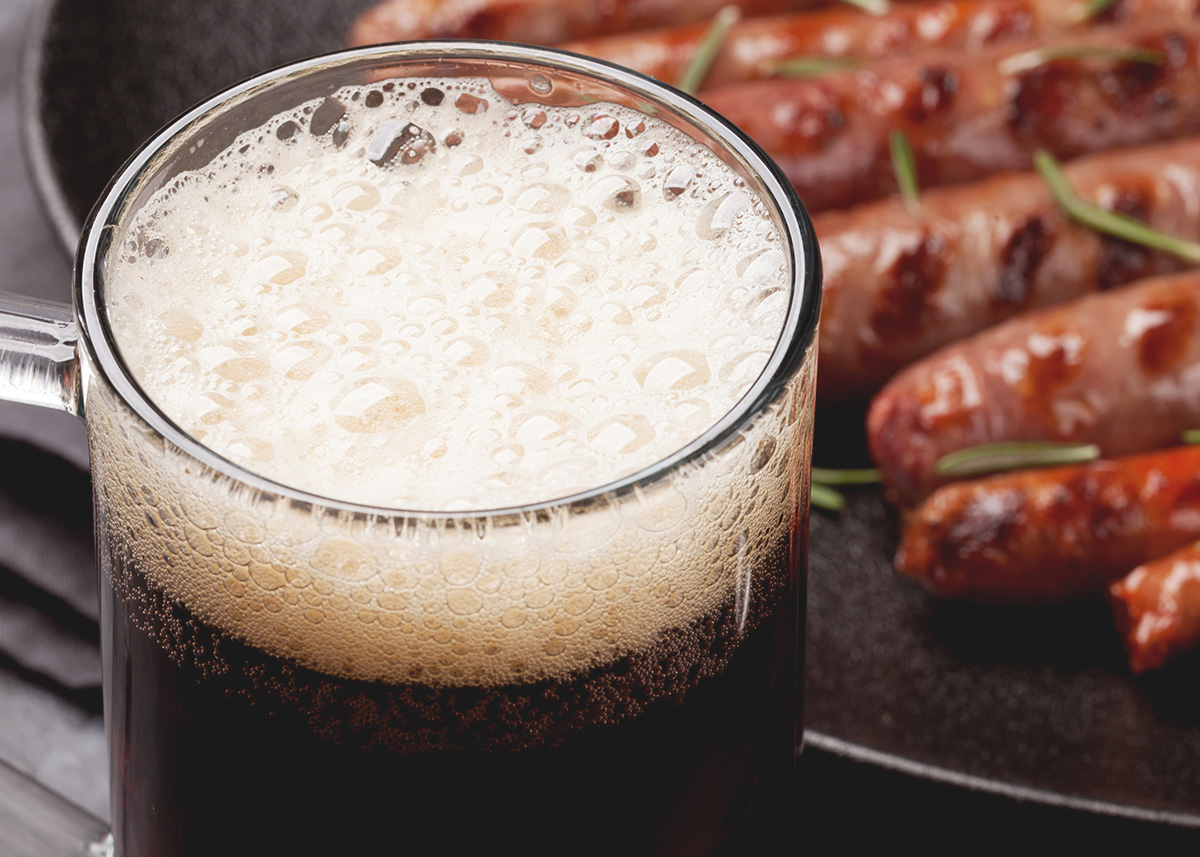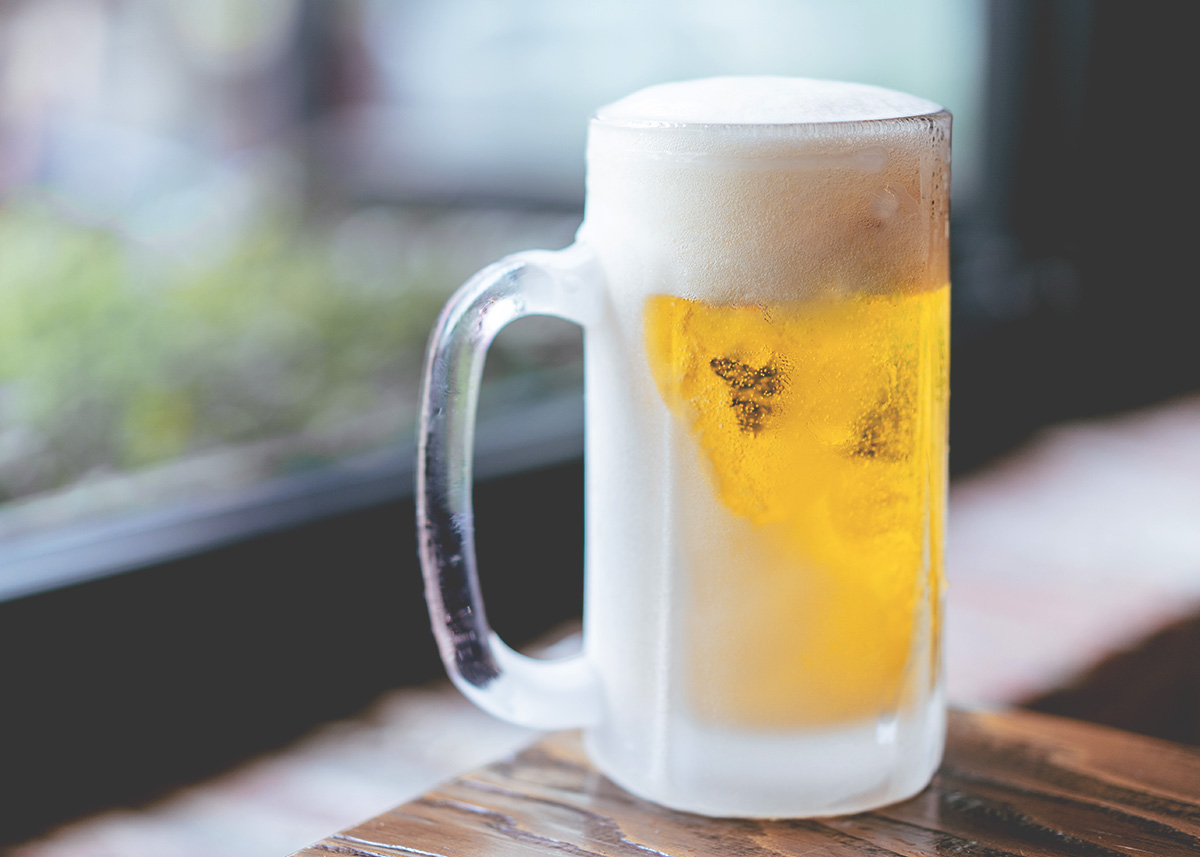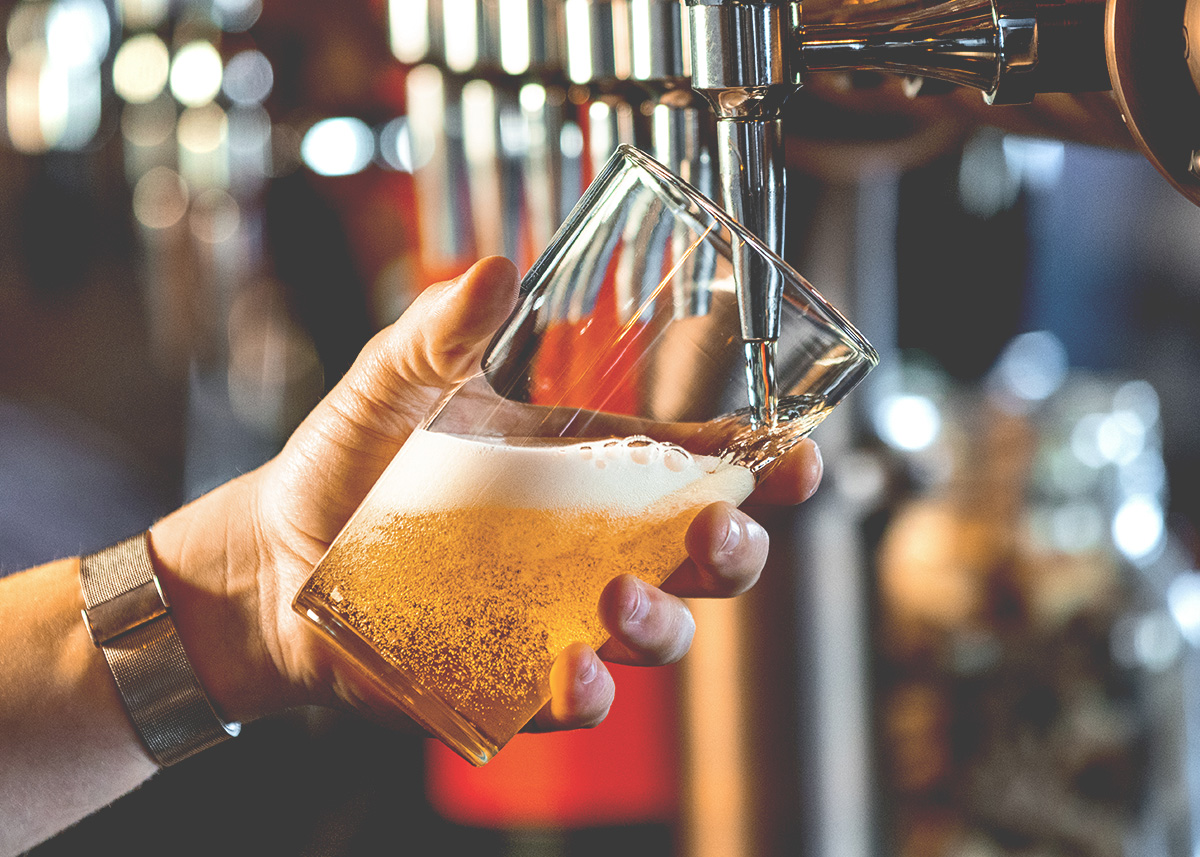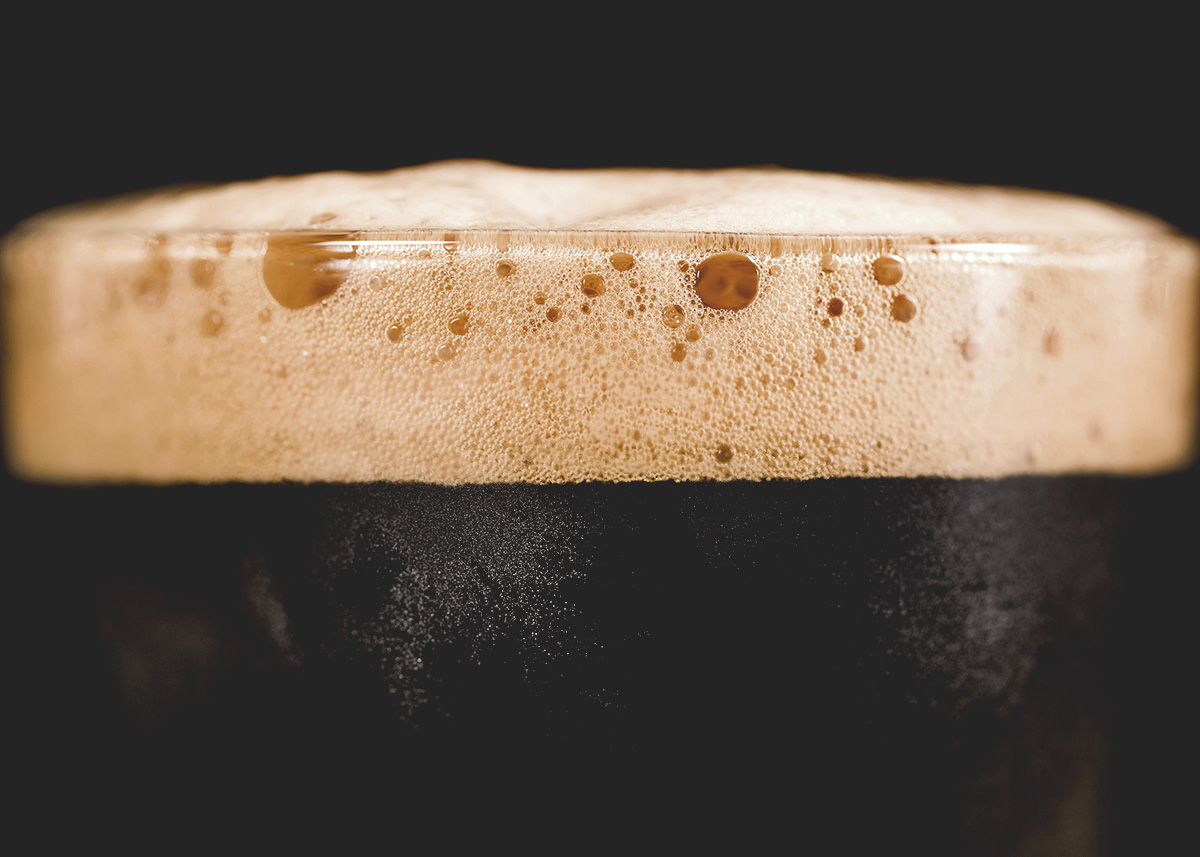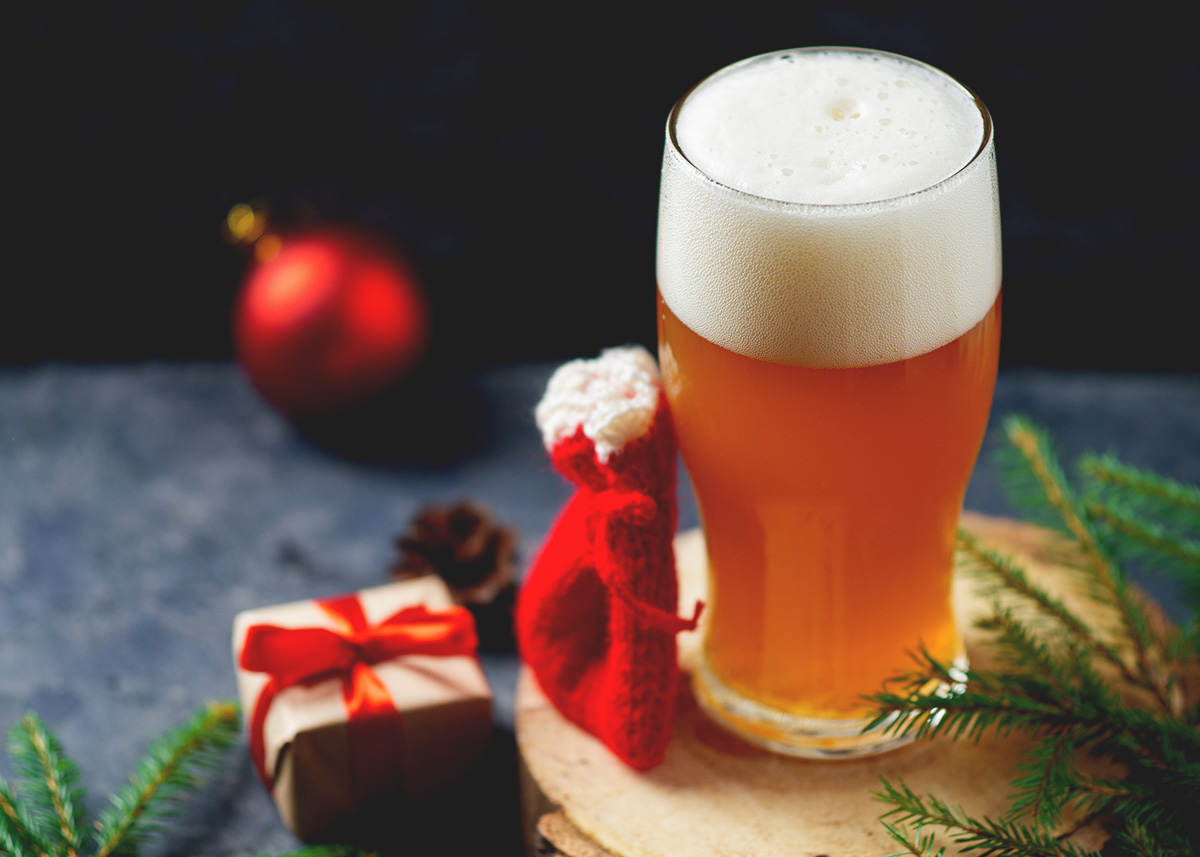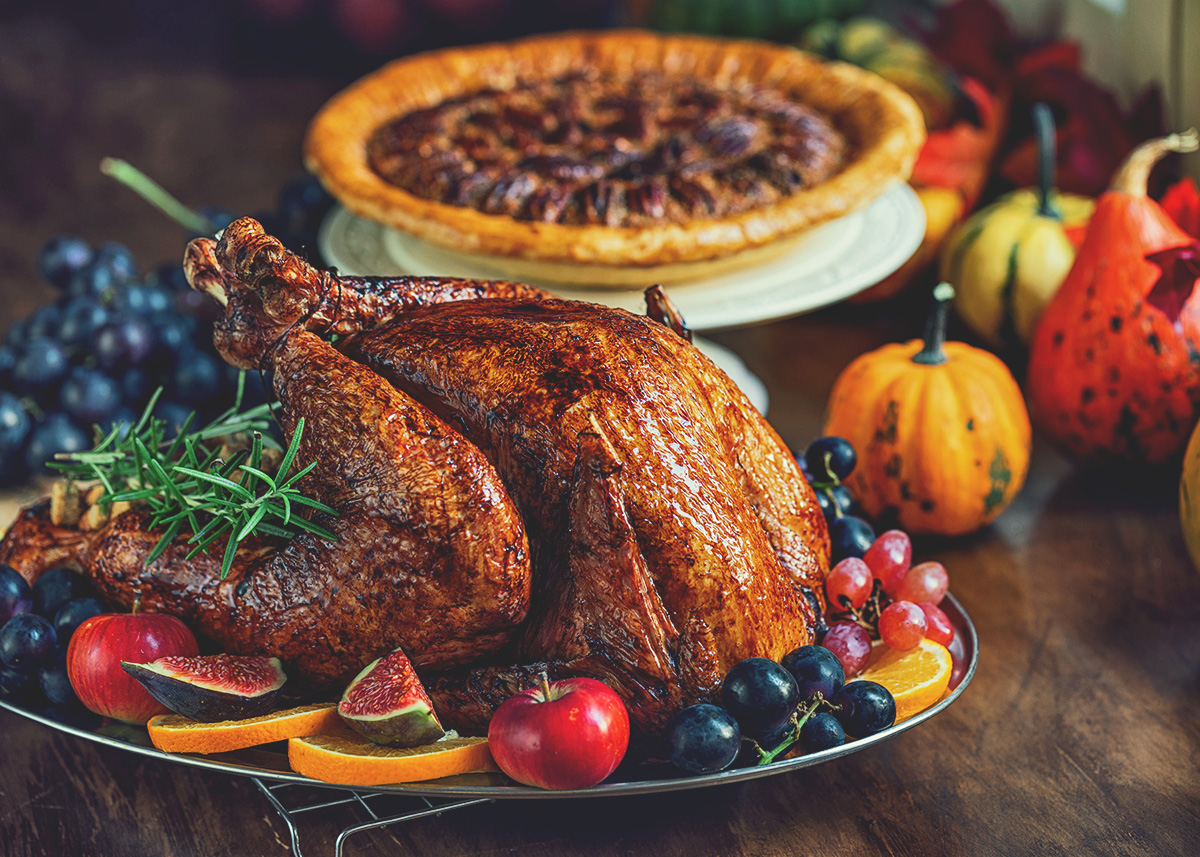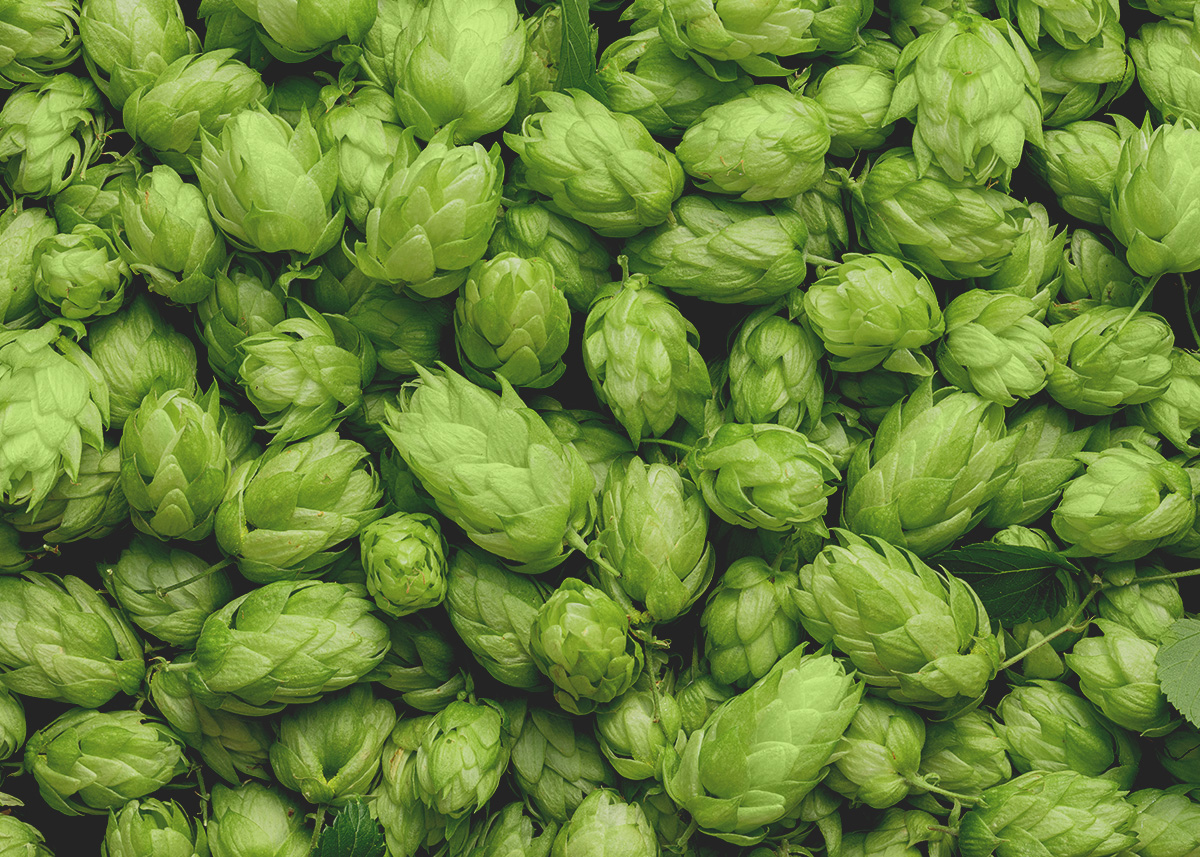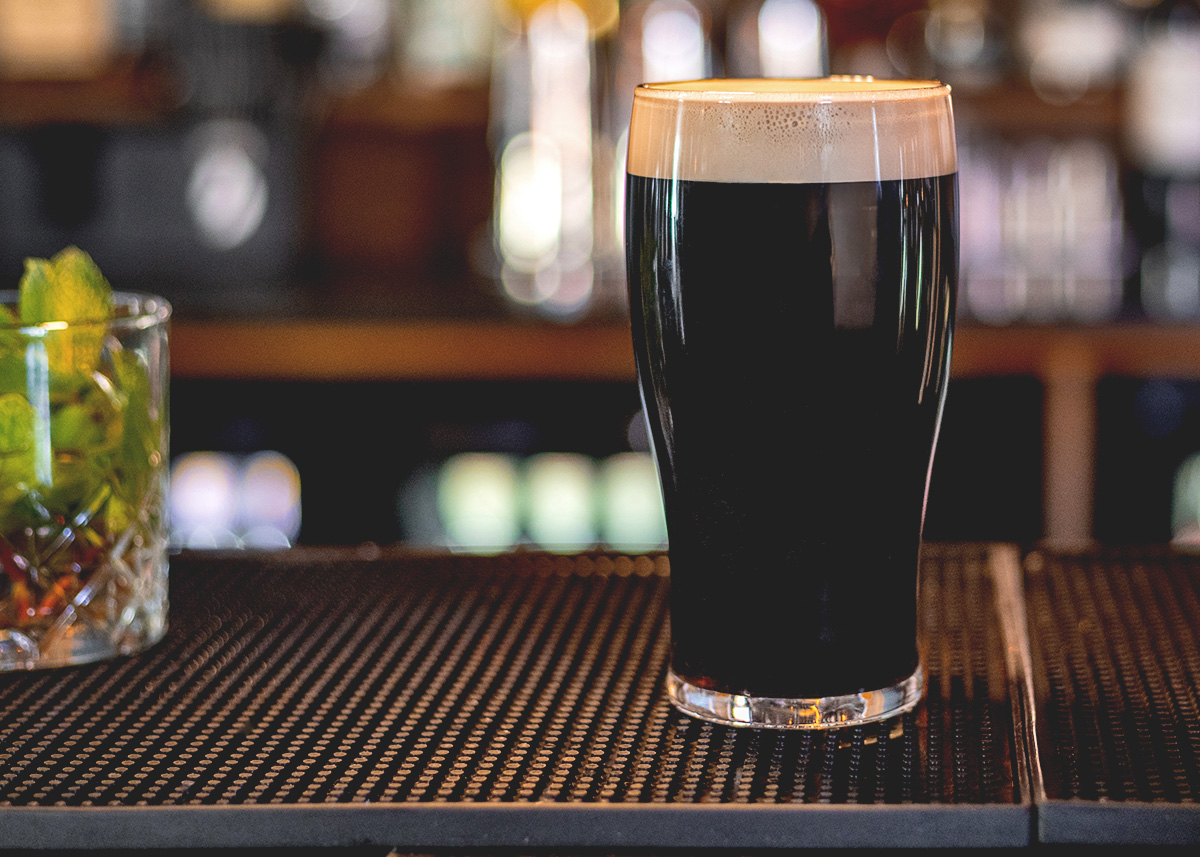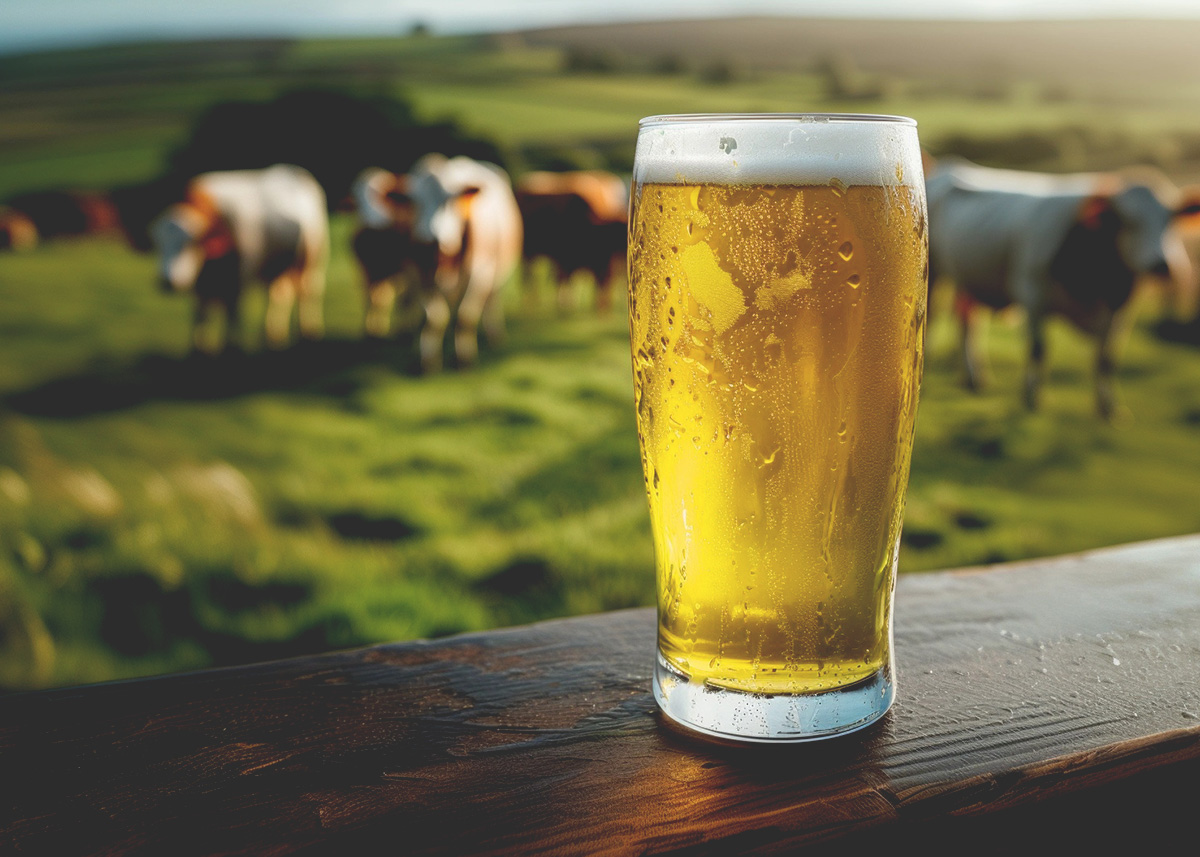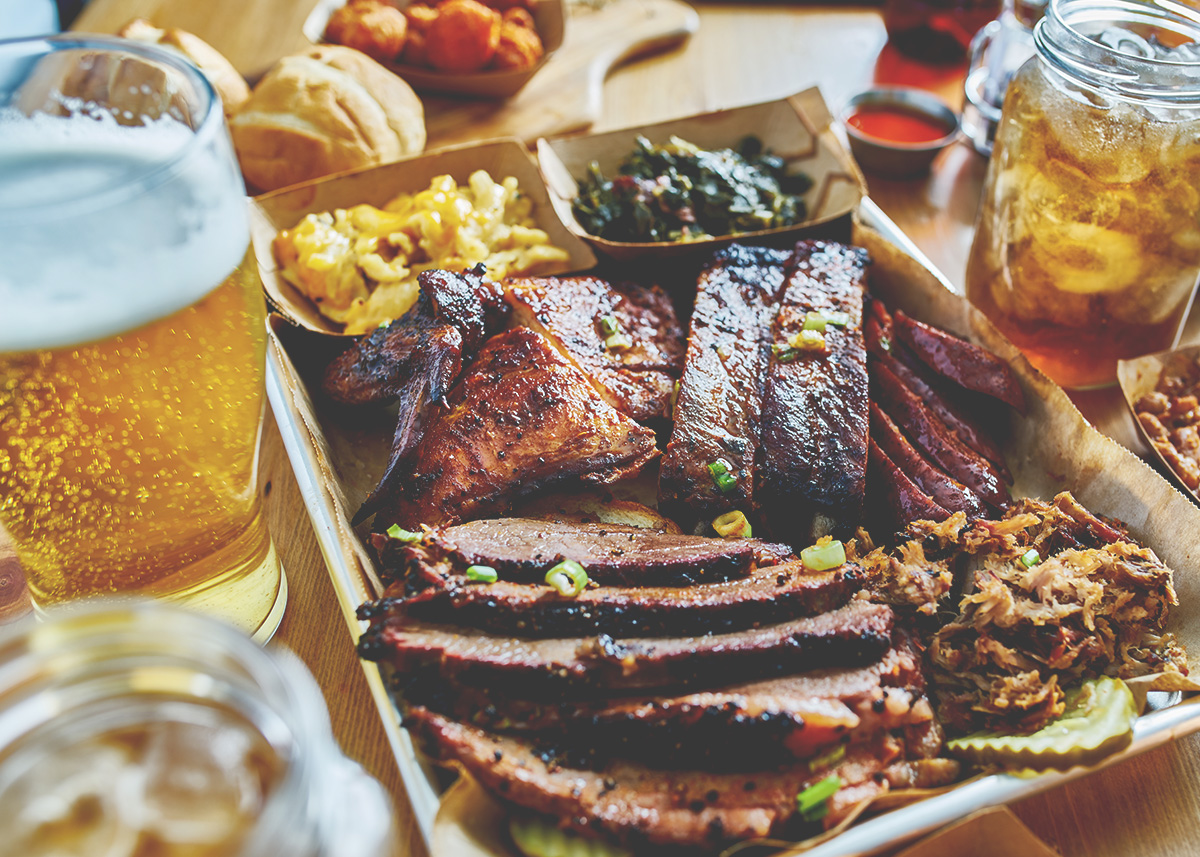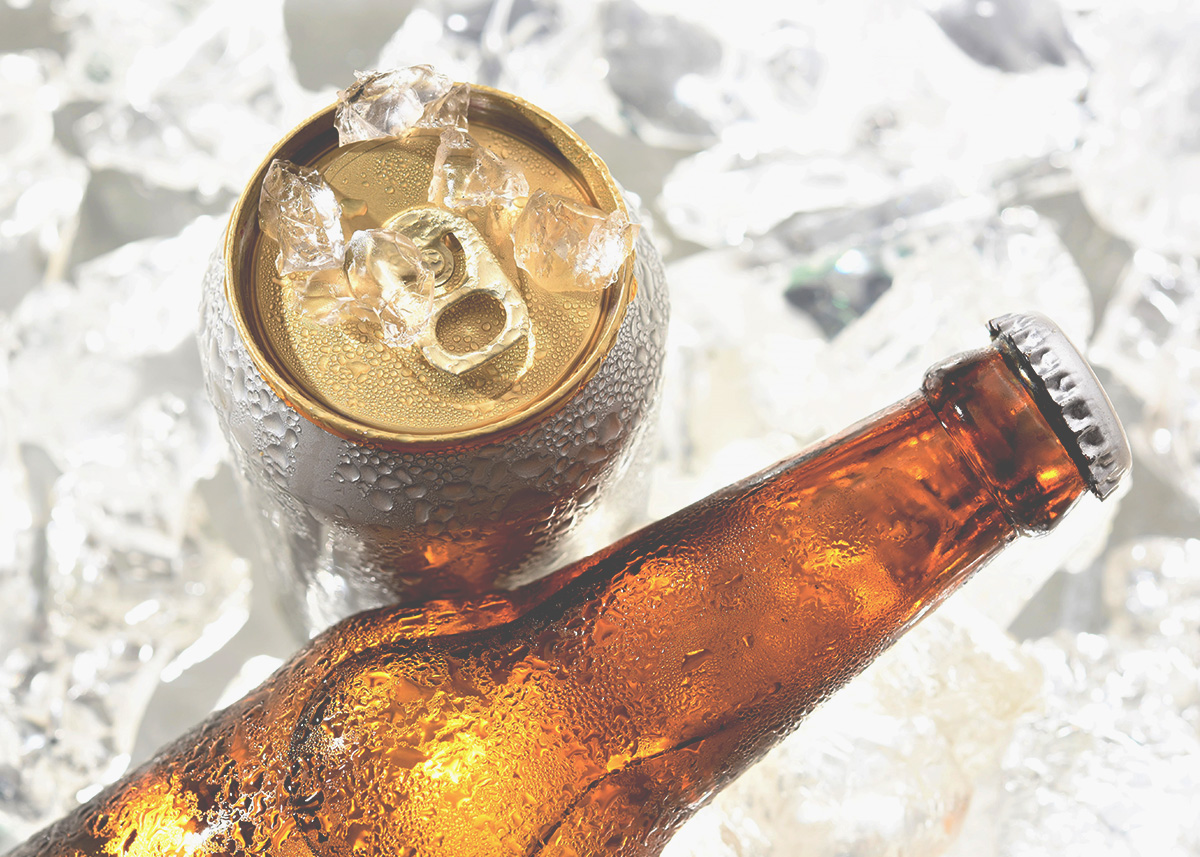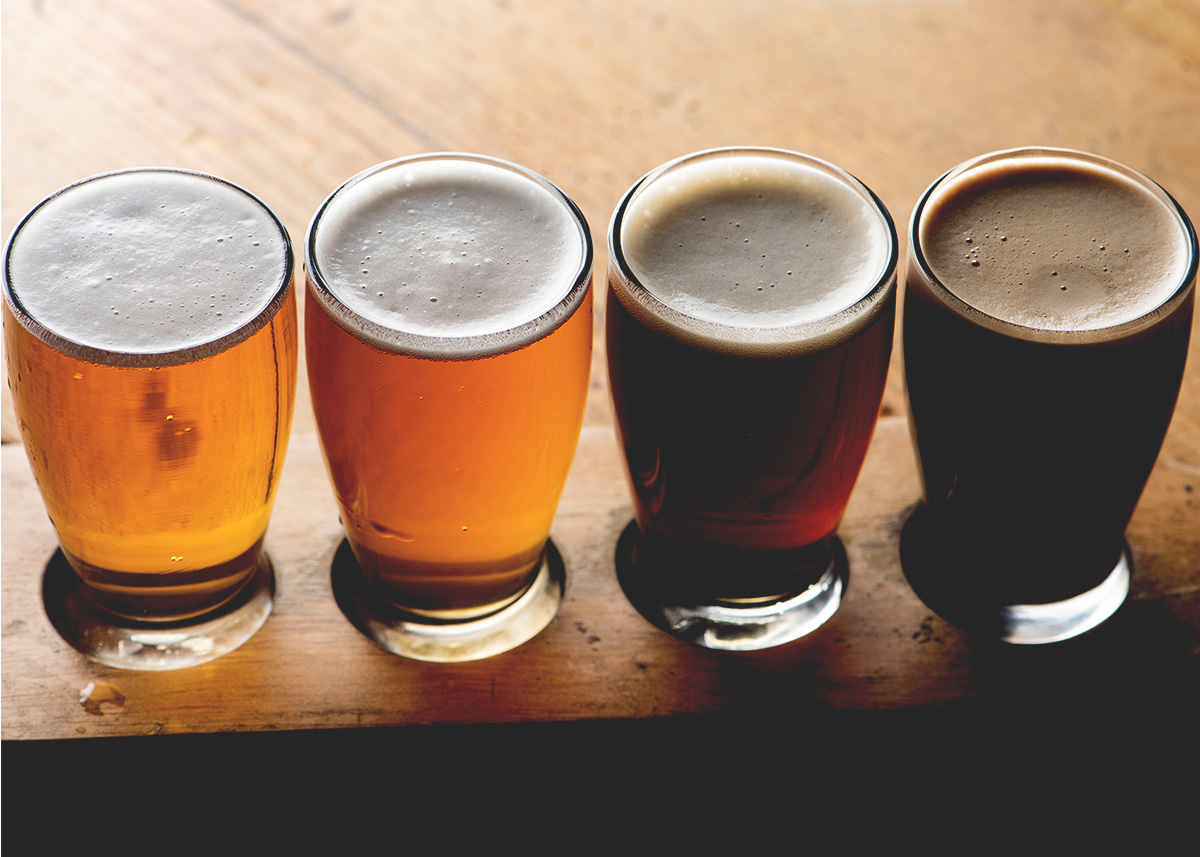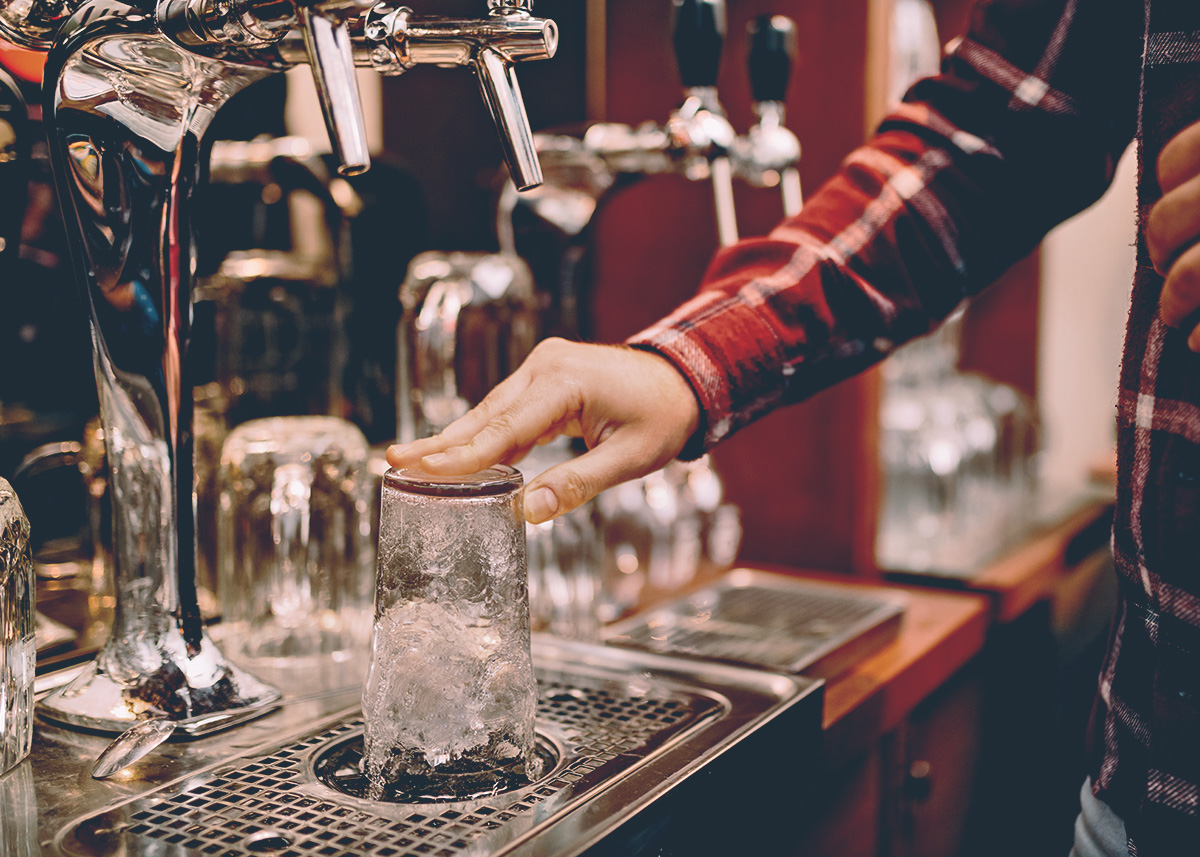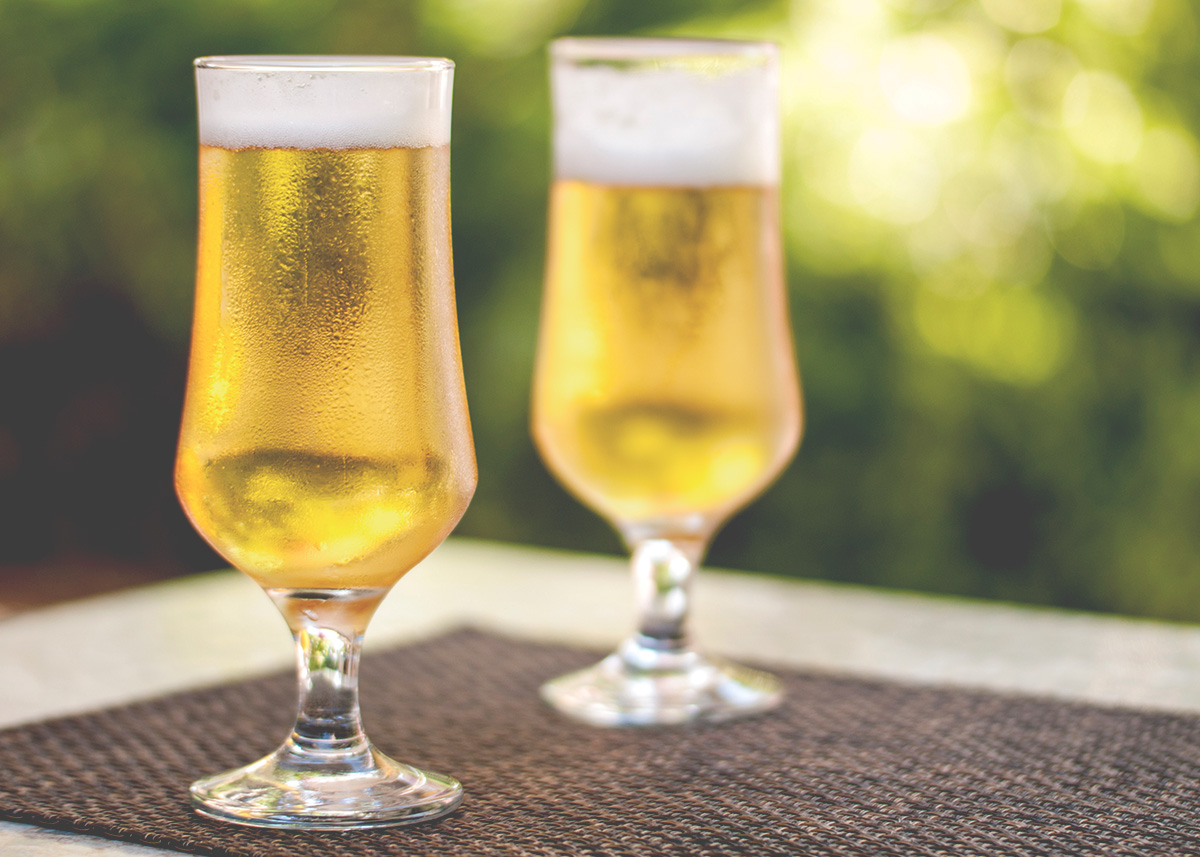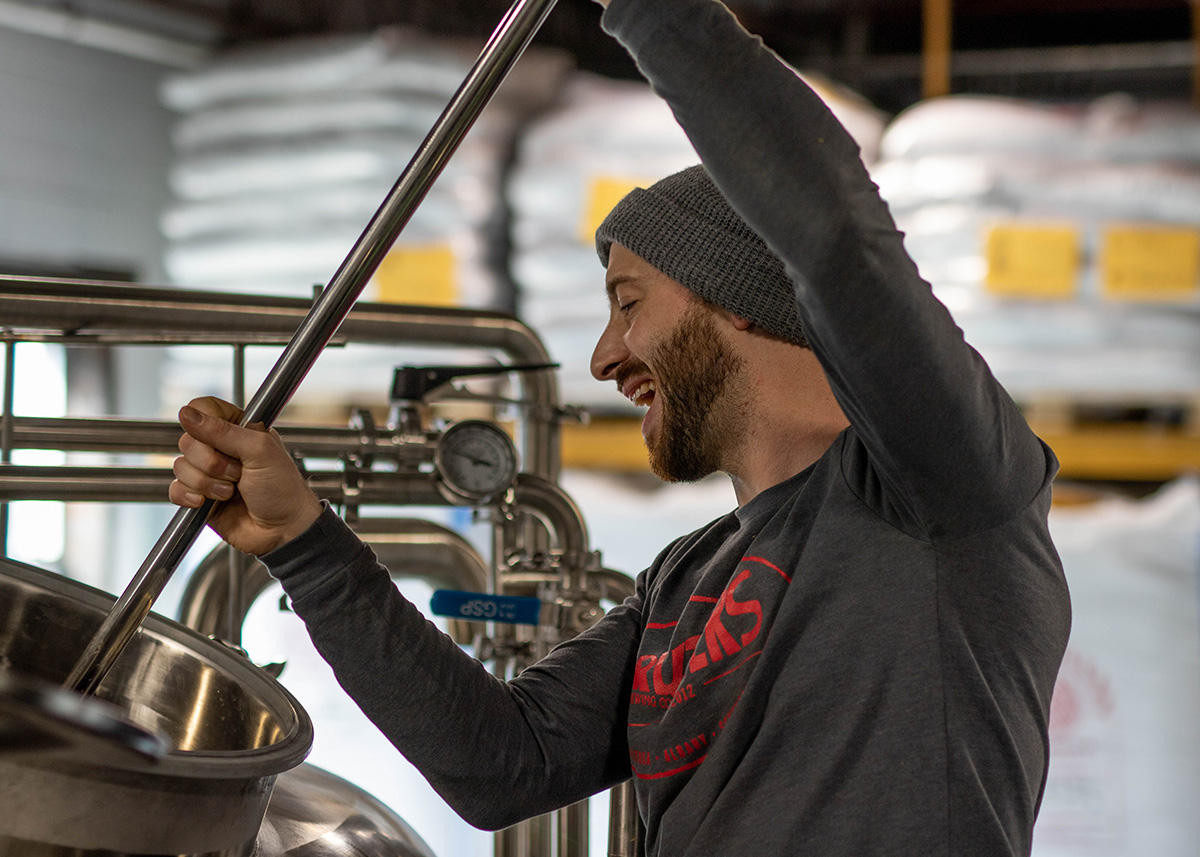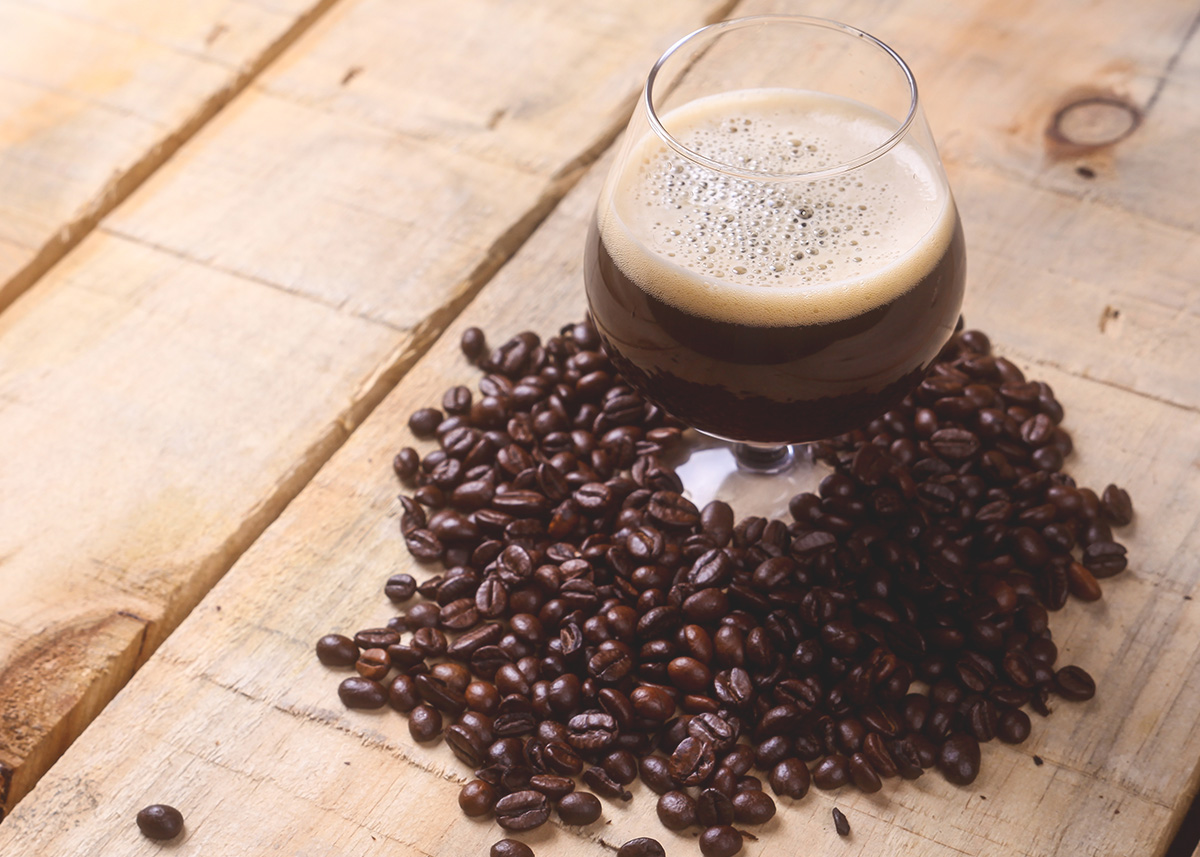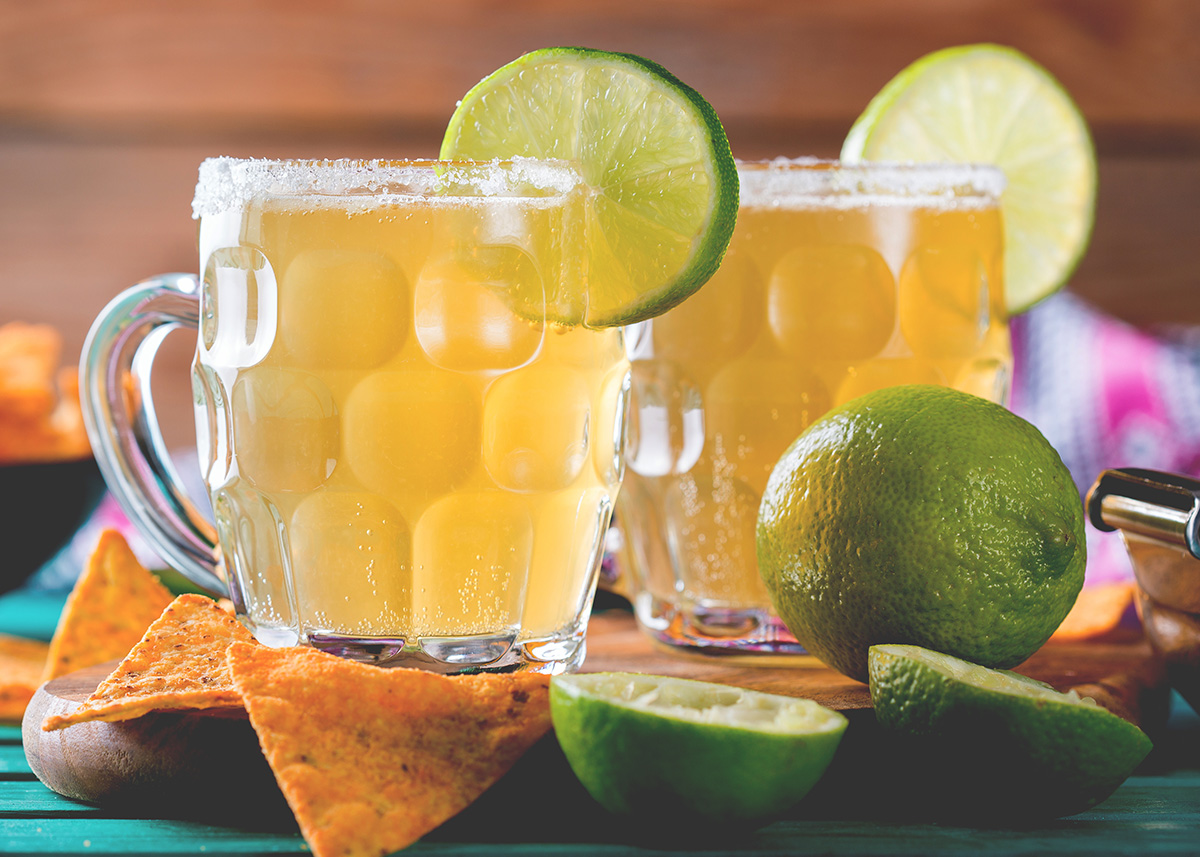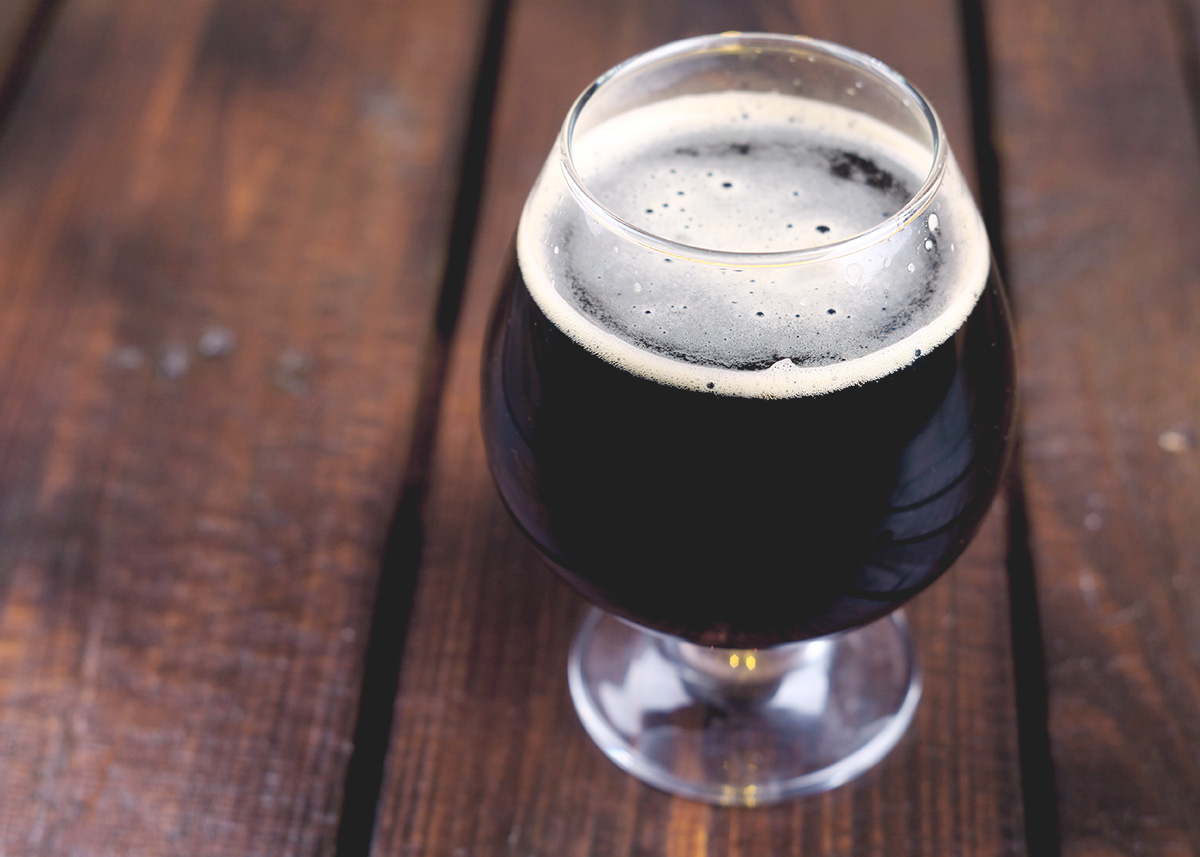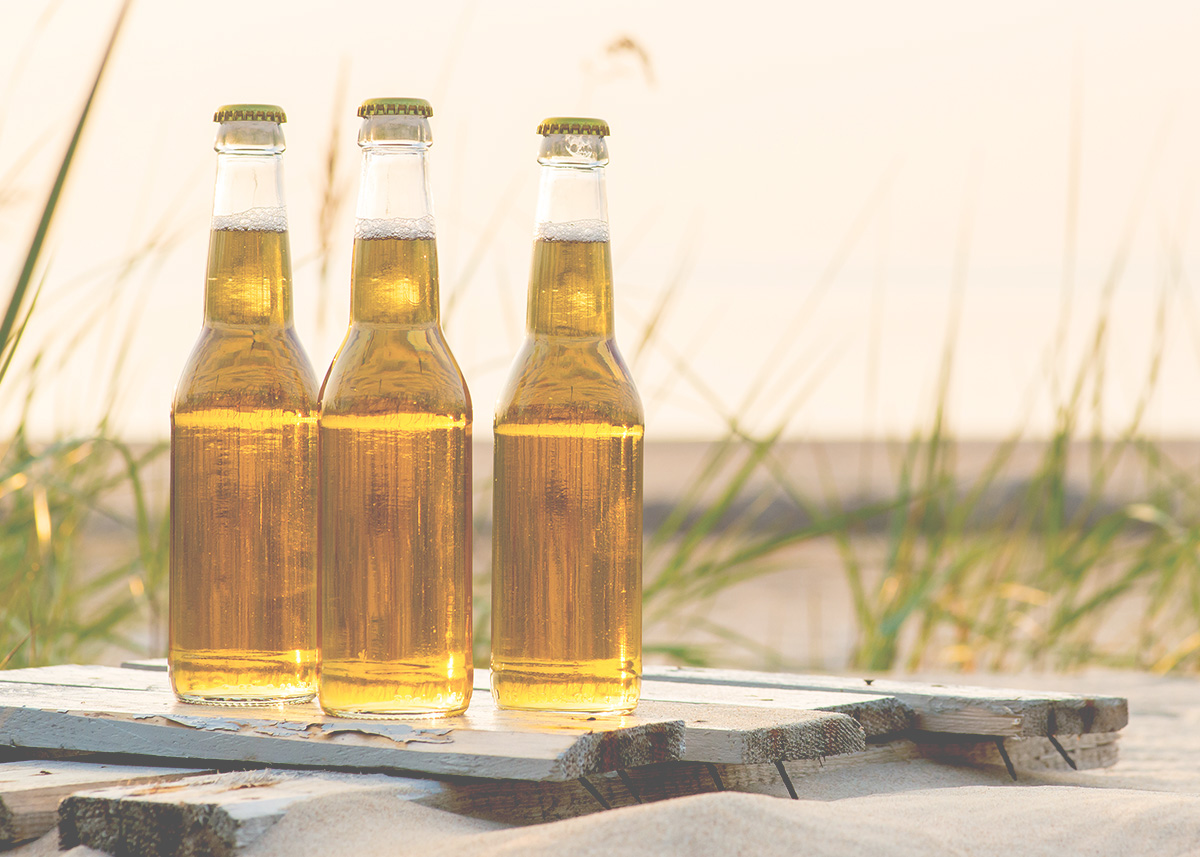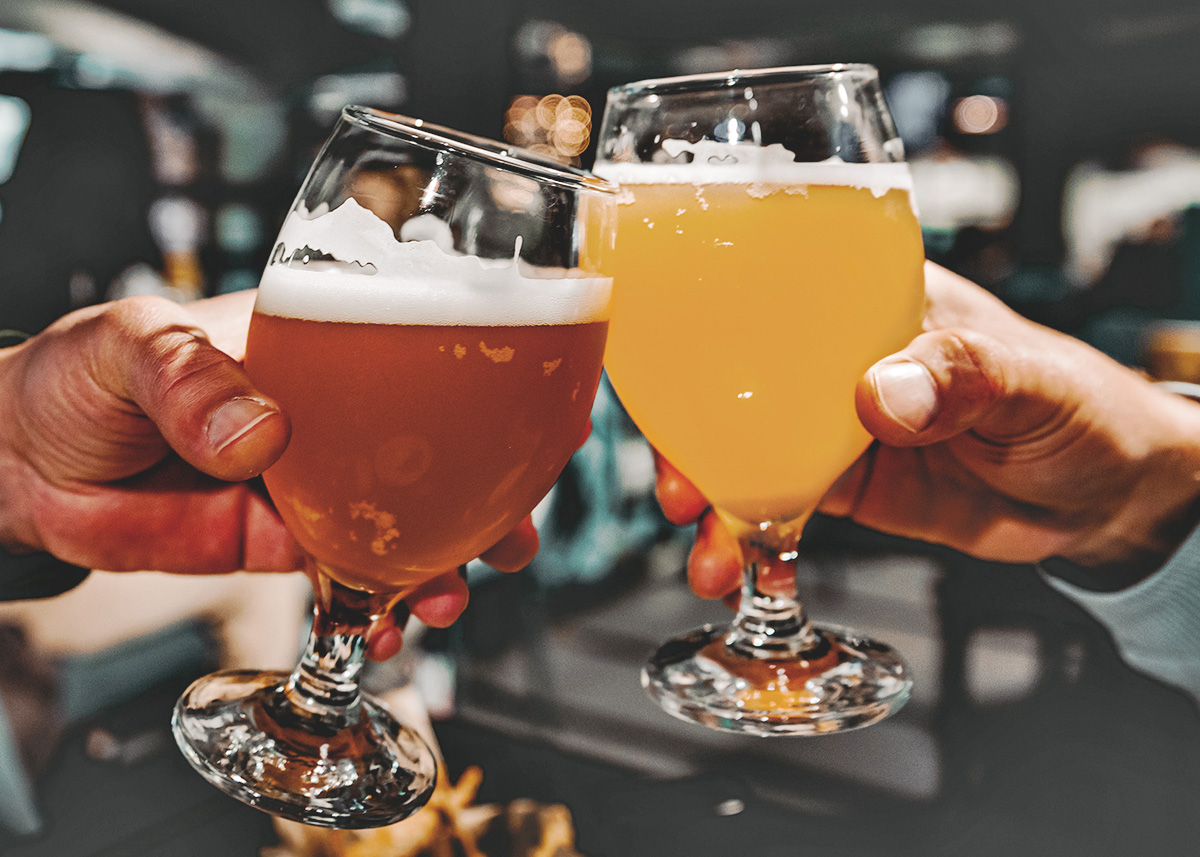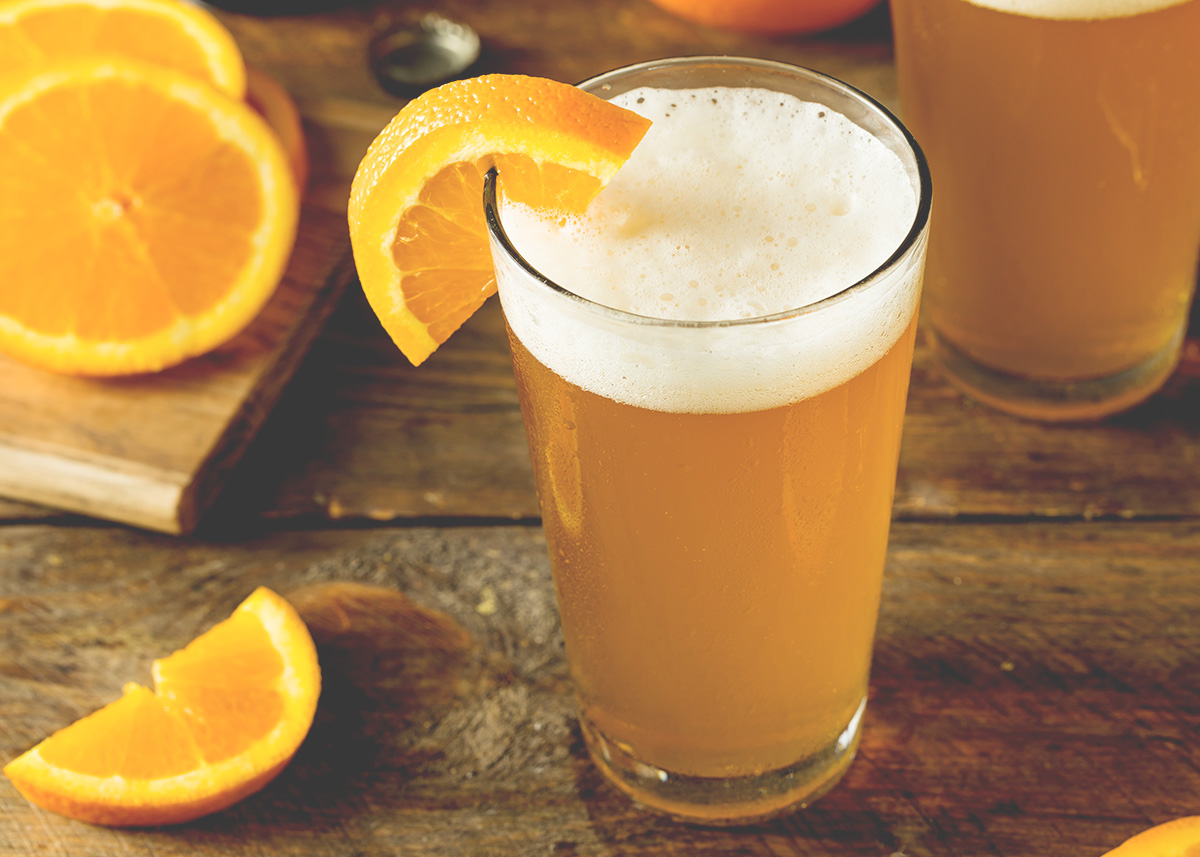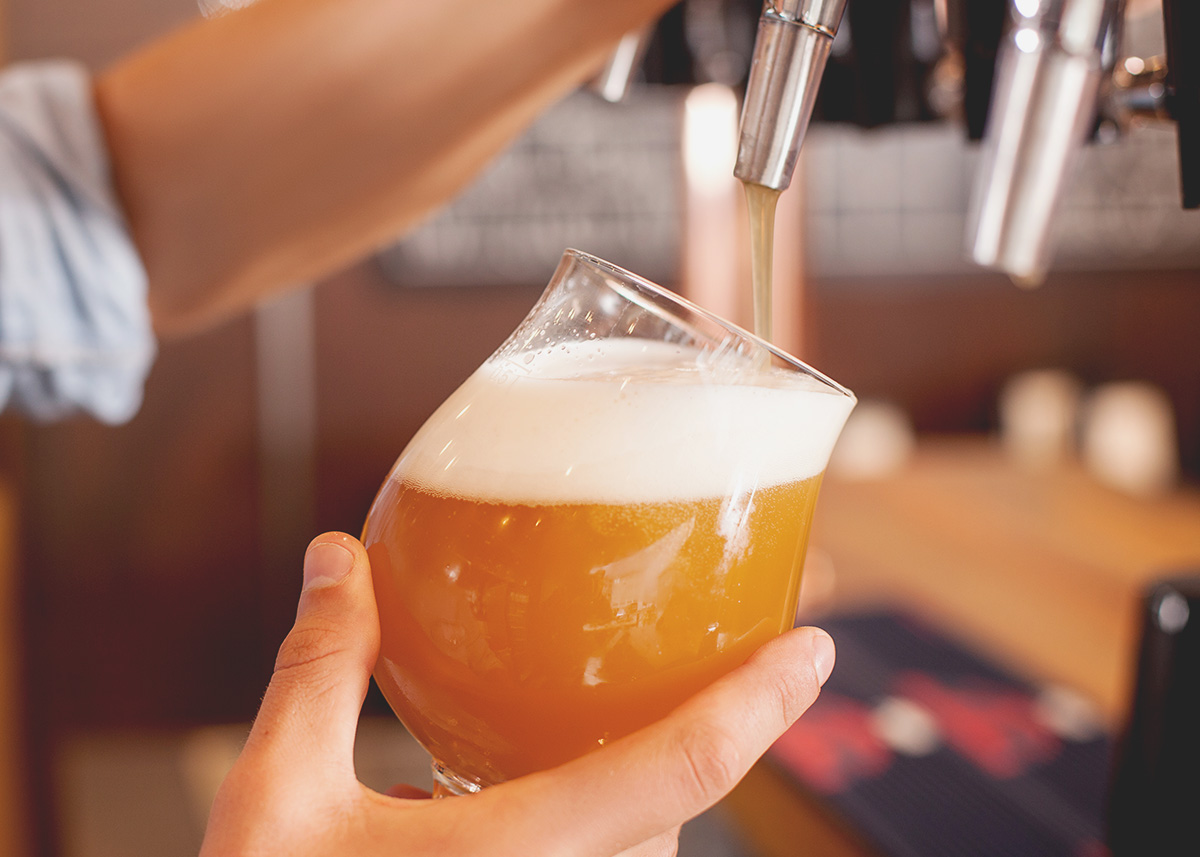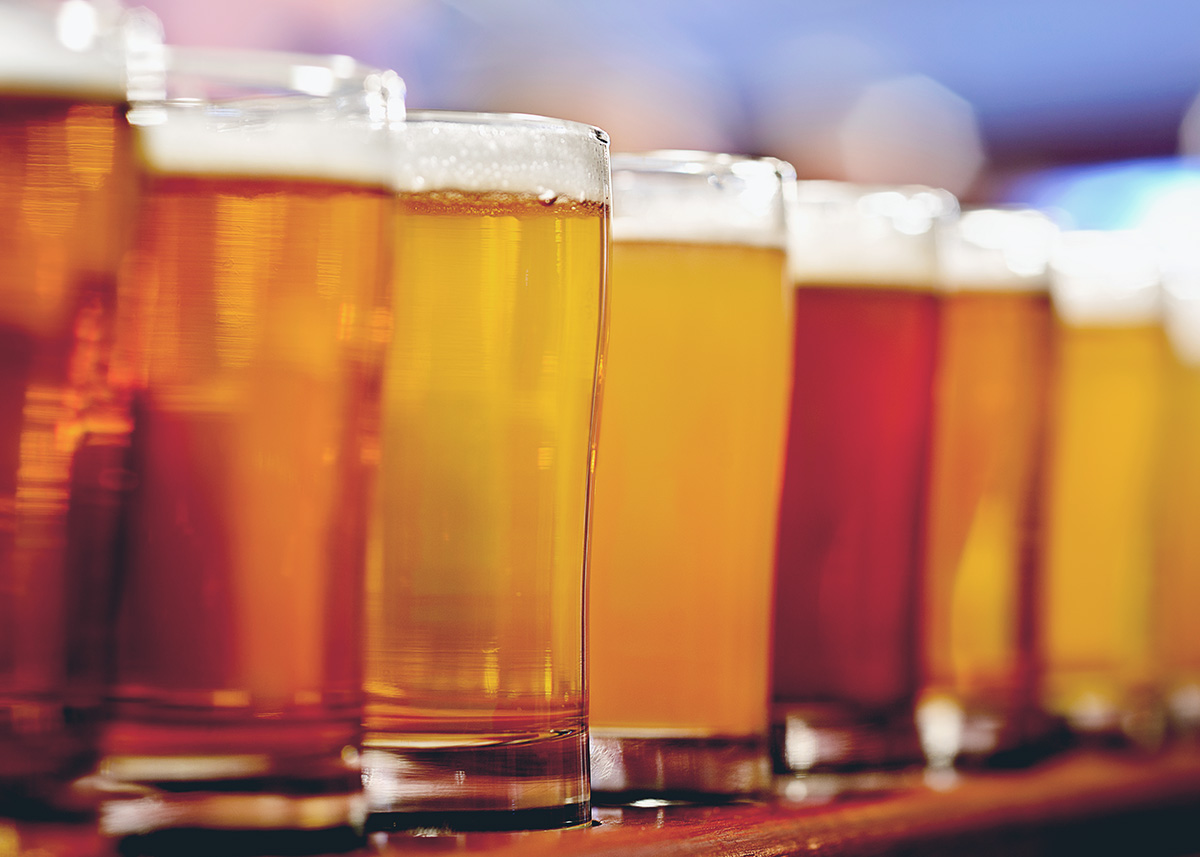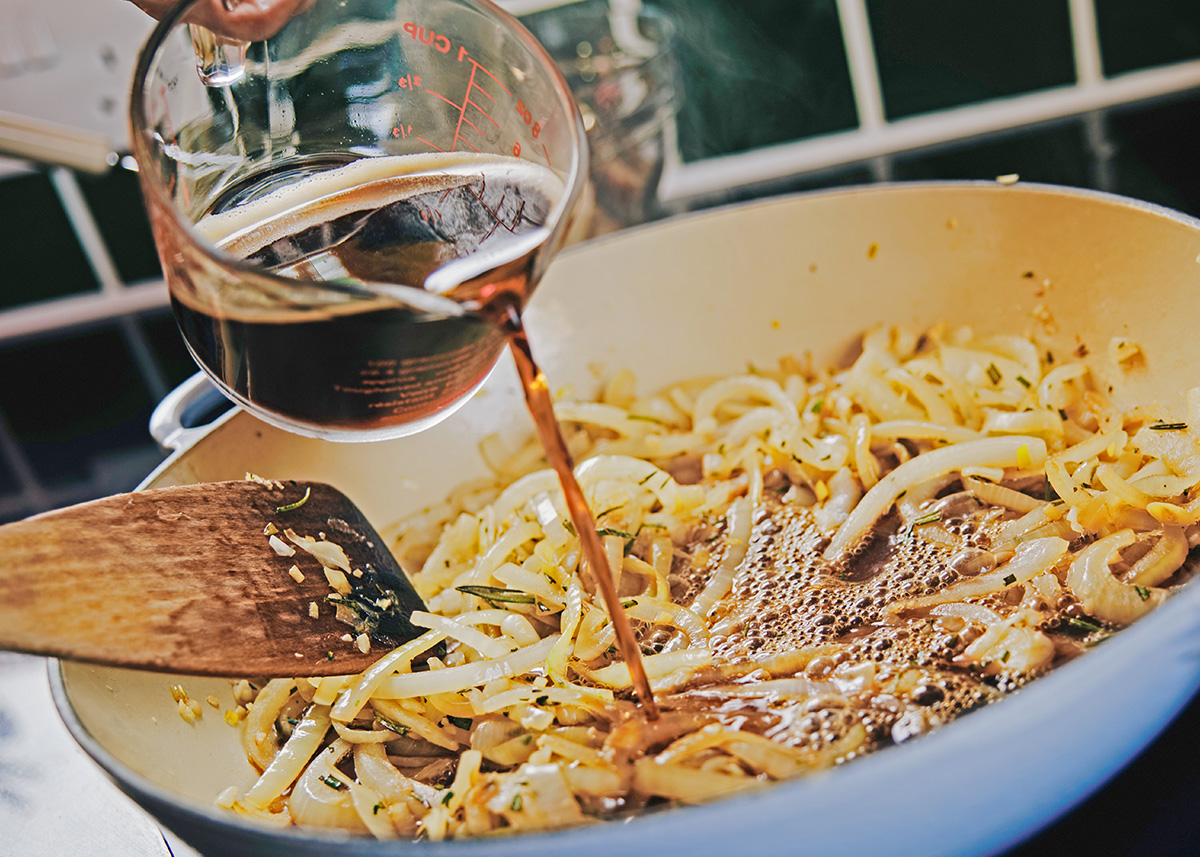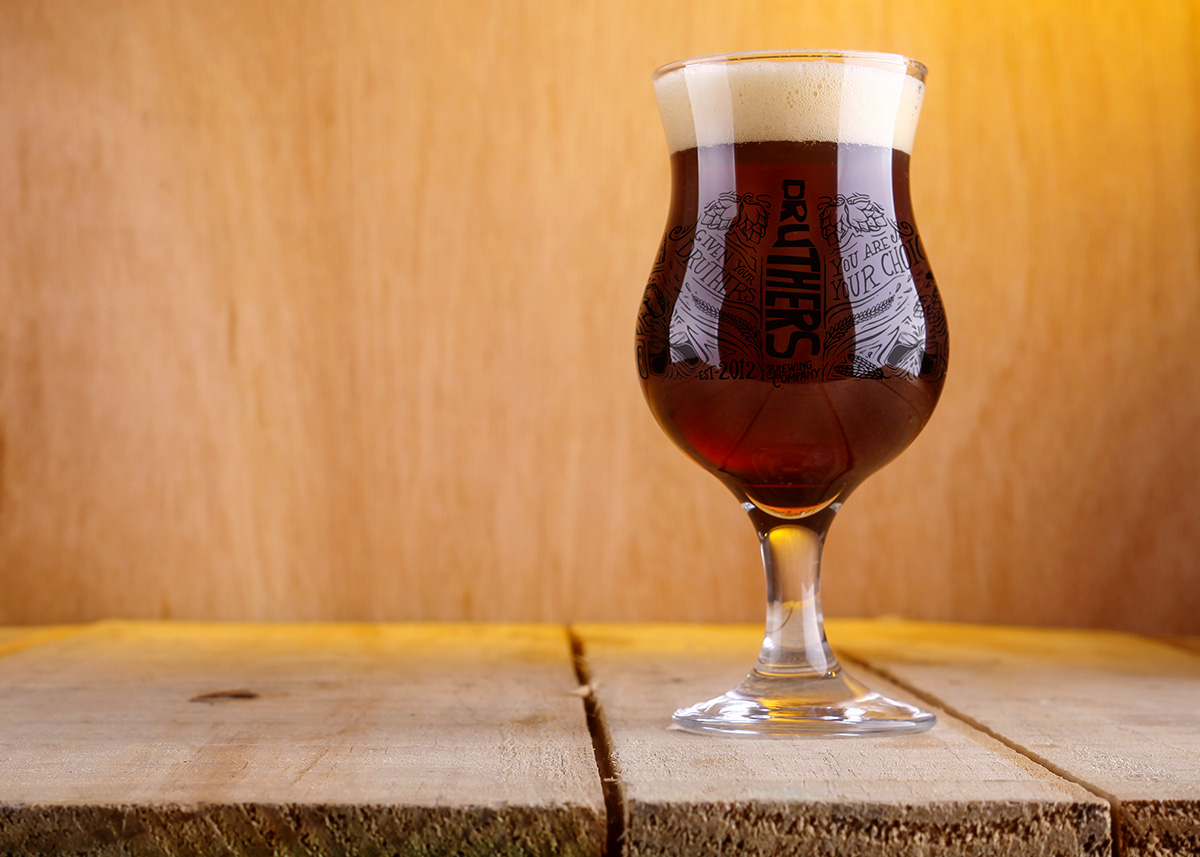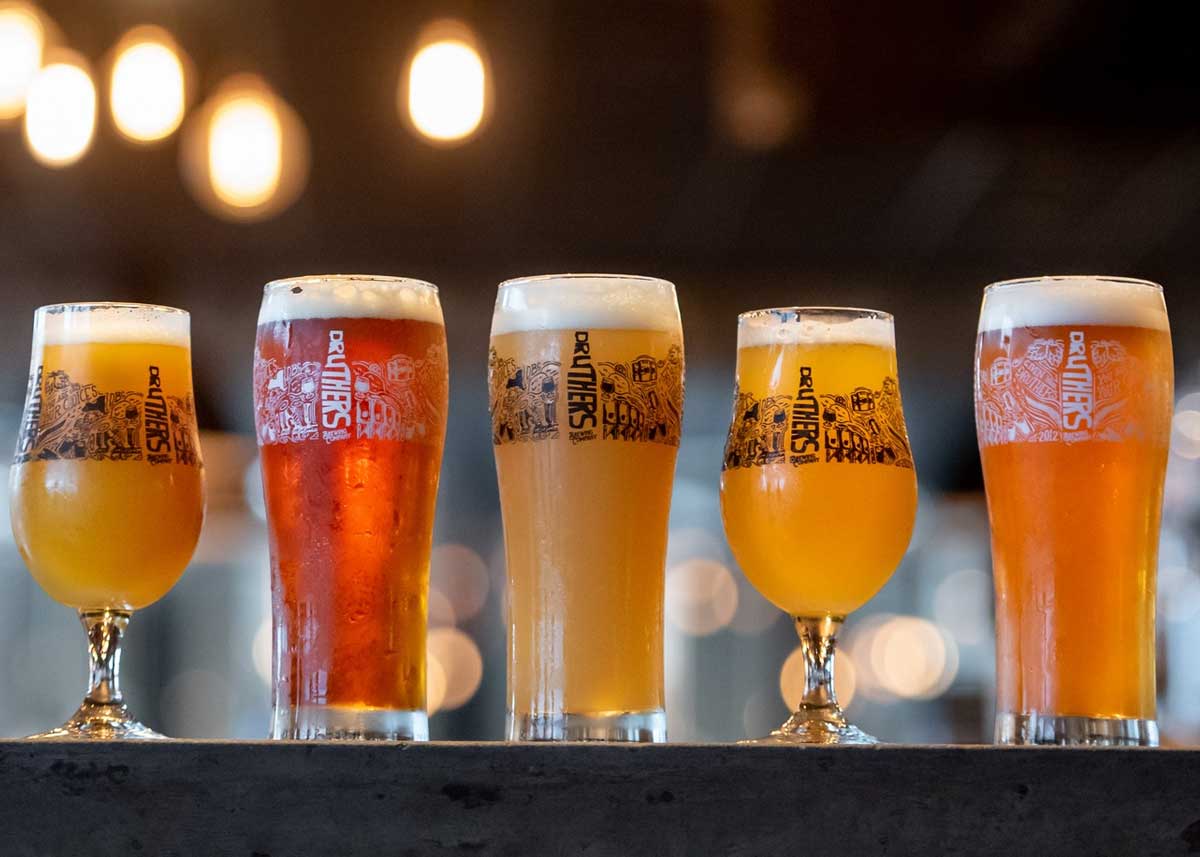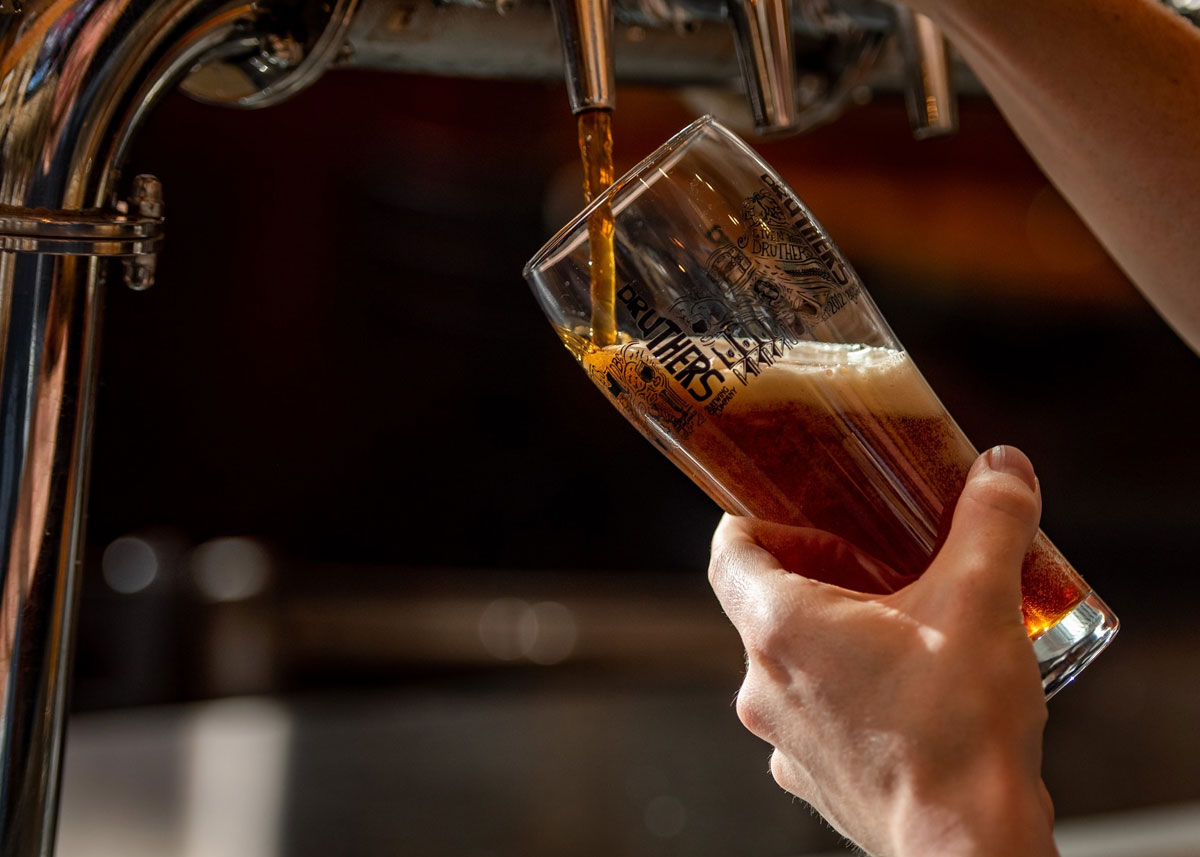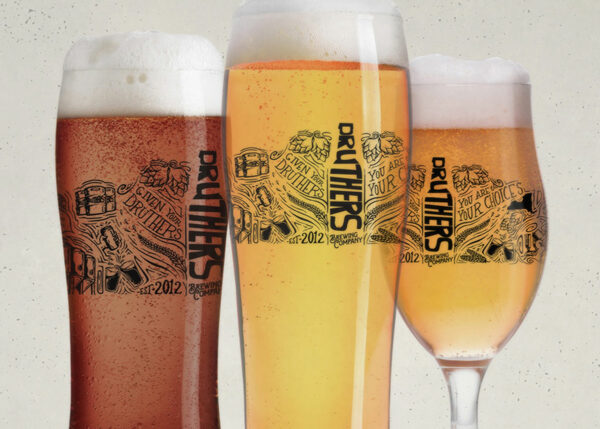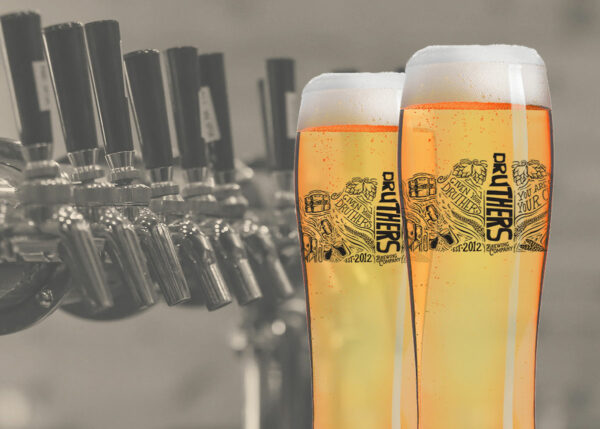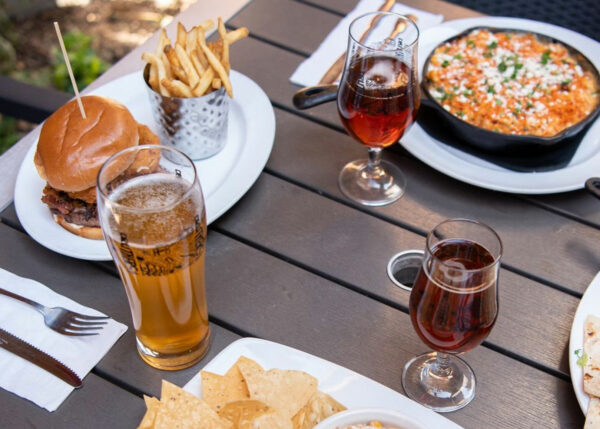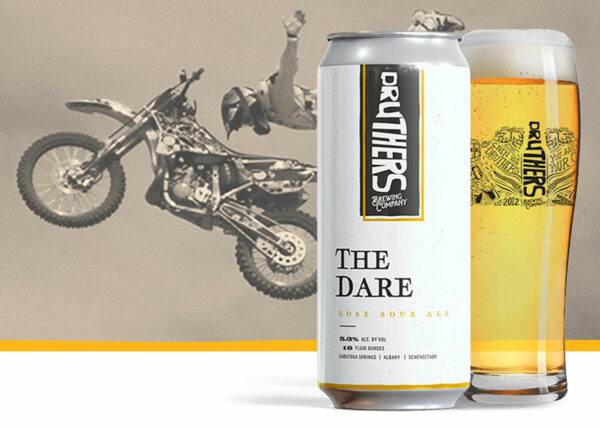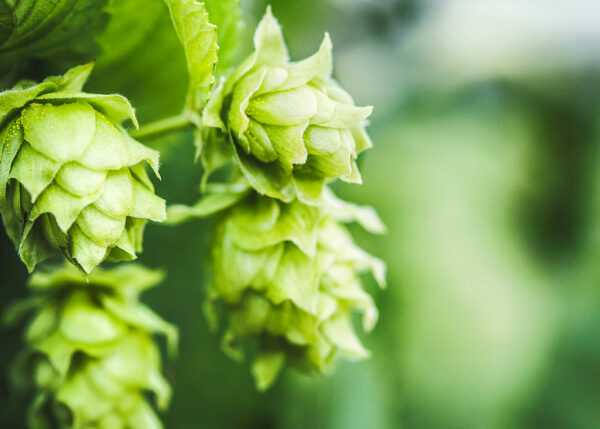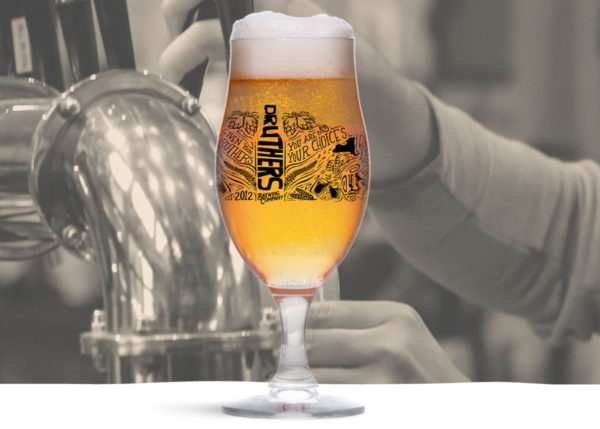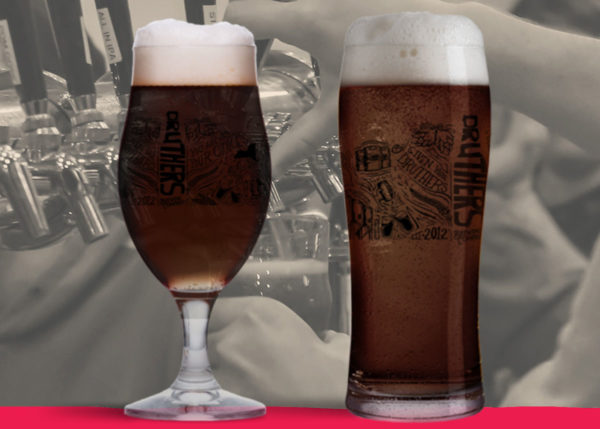Pilsner is one of the most iconic and refreshing beer styles out there. But did you know that there are actually several types of pilsners, each with its own flavor, history and personality?
Let’s break down the three most popular versions: Czech, German and American Pilsner—and ultimately help you figure out which one you’d like in your glass.
The Original: Czech Pilsner
Czech Pilsner (also called Bohemian Pilsner) is where it all began. First brewed in the mid-1800s in the city of Plzeň, this style set the standard for what would become one of the most recognizable beers in history.
At a Glance
- Appearance: Pale golden with a slight haze
- Aroma: Floral, slightly spicy with a bready malt backbone
- Flavor: Balanced with mild bitterness, soft malt sweetness and earthy hops
- Mouthfeel: Medium-bodied, smooth and creamy
- ABV: Typically between 4.2% and 5.4%
What Makes It Stand Out?
Czech Pilsners are known for being smooth, slightly sweet and incredibly balanced. They feature soft, bready malts paired with earthy, floral hop notes from traditional Saaz hops. The water used in Czech brewing is naturally soft, which gives the beer a smoother, less bitter finish.
The Crisp Contender: German Pilsner
A German Pilsner is a drier, more hop-forward take on the original Czech version. While inspired by Czech pilsners, German brewers put their own twist on it by using harder water, lighter malts and noble German hops.
At a Glance
- Appearance: Clear, pale straw to light gold
- Aroma: Herbal and floral with light grain notes
- Flavor: Dry, clean and moderately bitter
- Mouthfeel: Light-bodied and effervescent
- ABV: Typically between 4.6% and 5.3%
What Makes It Stand Out?
This style is all about crispness and clarity. Expect more bitterness, a cleaner finish and a light malt character that leans dry and cracker-like. The hops bring floral and herbal notes, but in a sharp, refined way.
The Modern Twist: American Pilsner
American Pilsner is a more recent evolution of the style, born from both macro brewing traditions and the innovation of the craft beer movement.
At a Glance: American Pilsner
- Appearance: Pale to golden, typically very clear
- Aroma: Ranges from mild grain and floral to citrusy and tropical
- Flavor: Clean and crisp with a variable hop character—mild to bold
- Mouthfeel: Light to medium-bodied with moderate carbonation
- ABV: Typically between 4.5% and 6.0%
What Makes It Stand Out?
American Pilsners can vary widely. You’ve got your light, easy-drinking ones, often made with corn or rice. Then there are the bolder ones, packed with American hops that give them a kick of citrus, pine or even tropical fruit.
Whether you prefer the smooth balance of a Czech Pilsner, the crisp bite of a German Pilsner, or the bold creativity of an American Pilsner, each style brings something different to the party. So next time you reach for one, consider what you’re in the mood for.
Cheers!


